The photographs in this post were taken in 2019.
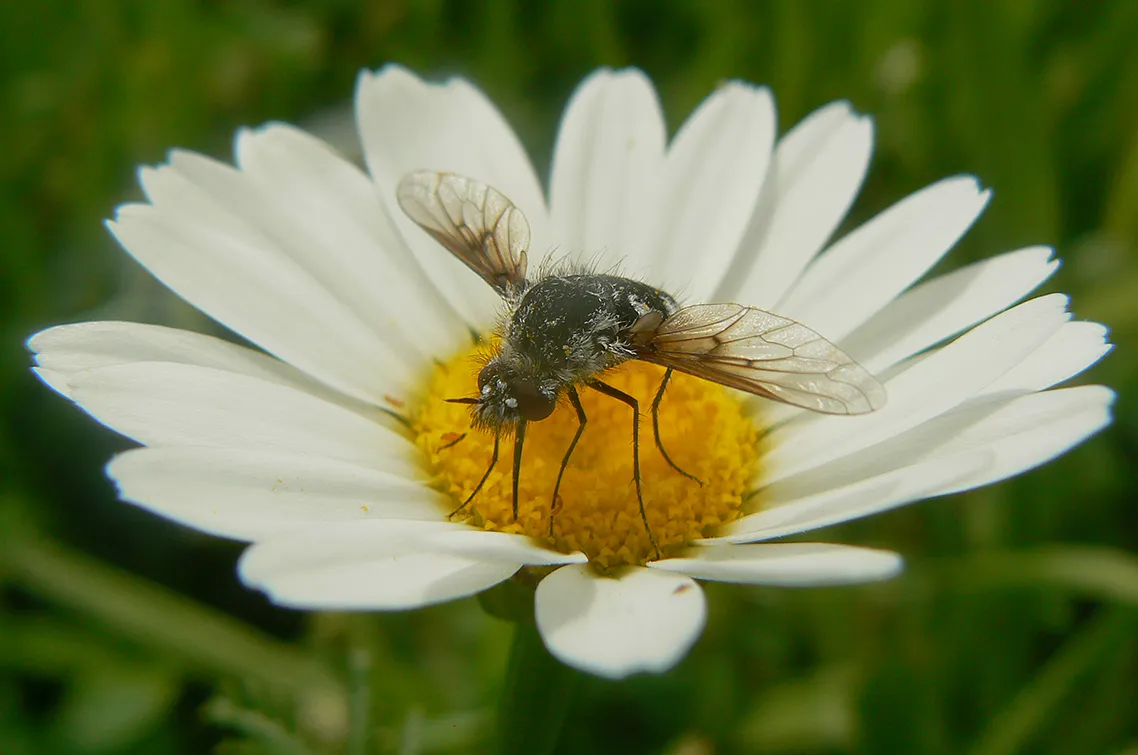
That was the year I started blogging here. I mean, it was Steemit, but since all those old blogs are now on HIVE, it makes sense to say that I started my HIVEing adventure in the springtime of that year.
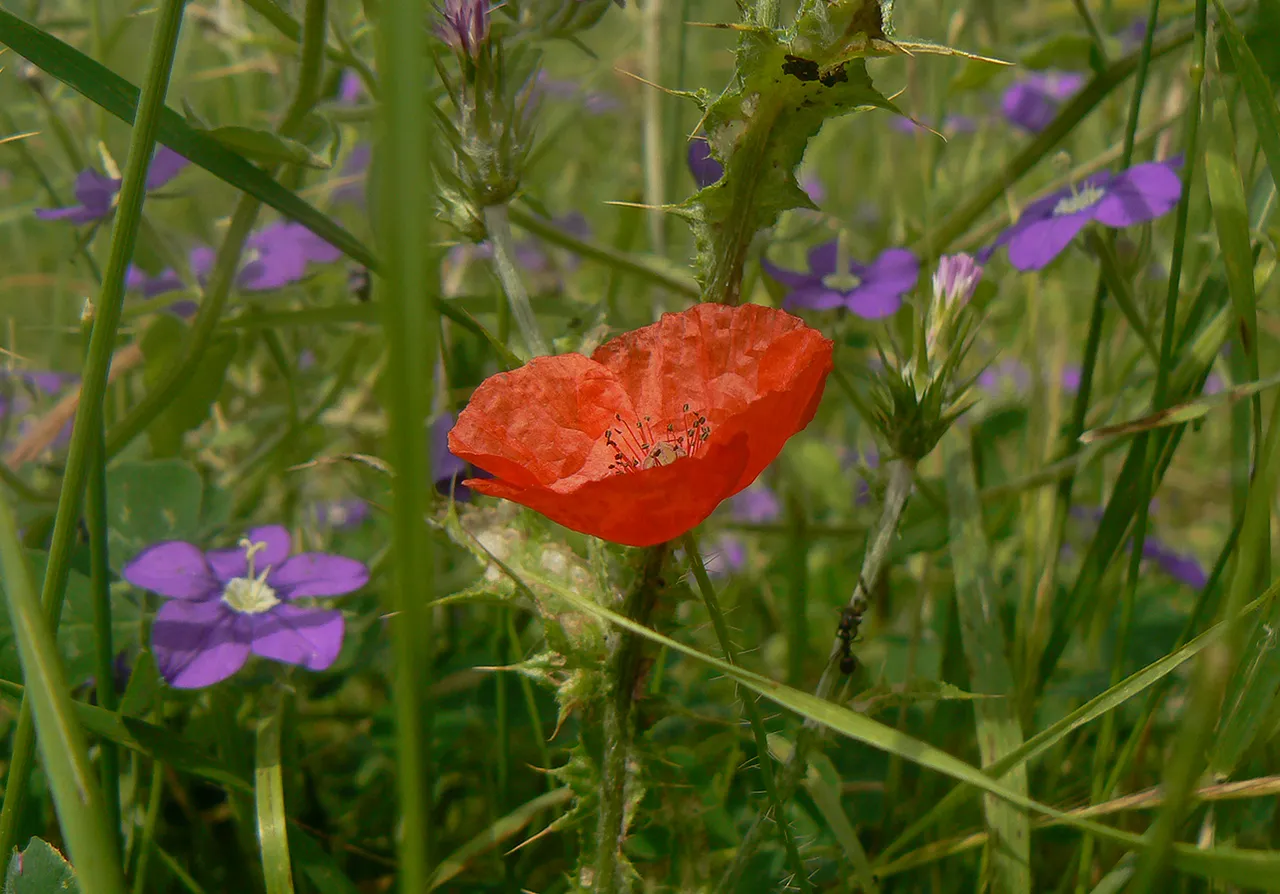
I had only an old, half-broken compact camera back then, so the photographs in this post just like the photographs in many of those old ones, won't be as sharp and detailed as the shots I took recently. But equipment is not everything. If the stuff you photograph is colorful and interesting, and if you put patience and effort into your work, they can still look pretty good when photographed with a cheap, worn-out camera that lacks many cool options that are now available even on mobile phones.
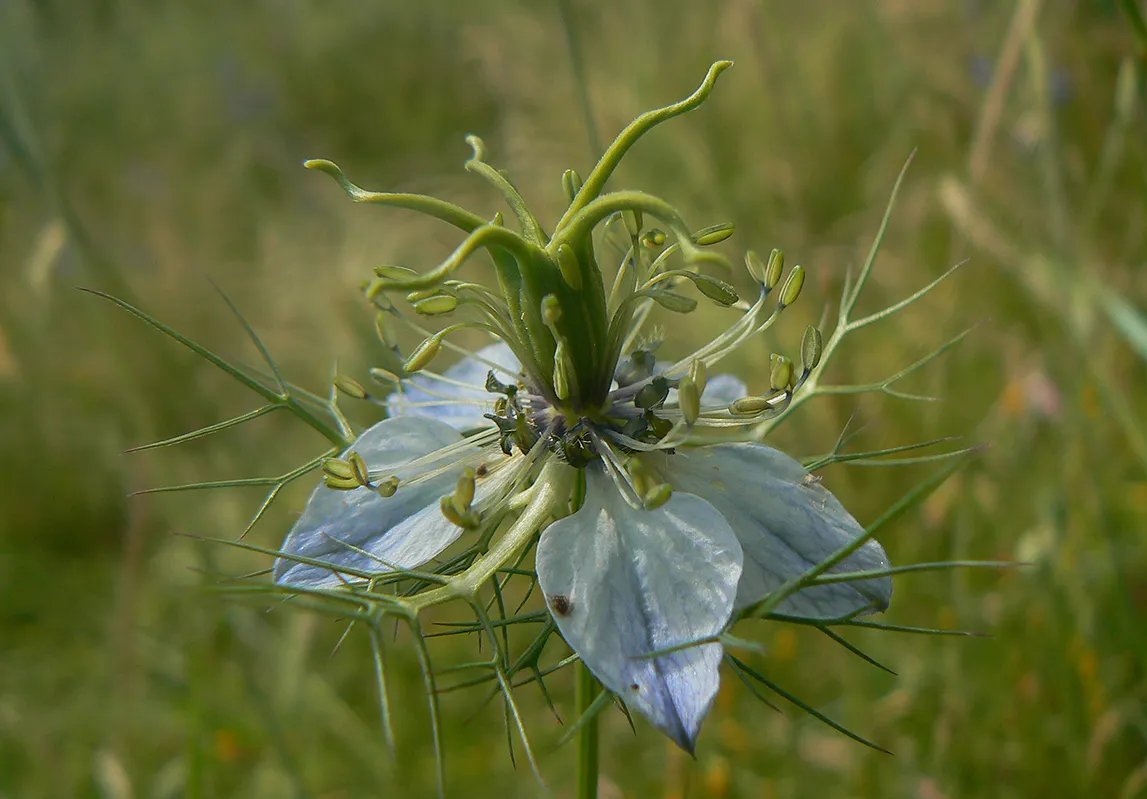
As these first, opening shots clearly suggest, this will be mostly about flowers ...
... but you'll see a couple of insects too.
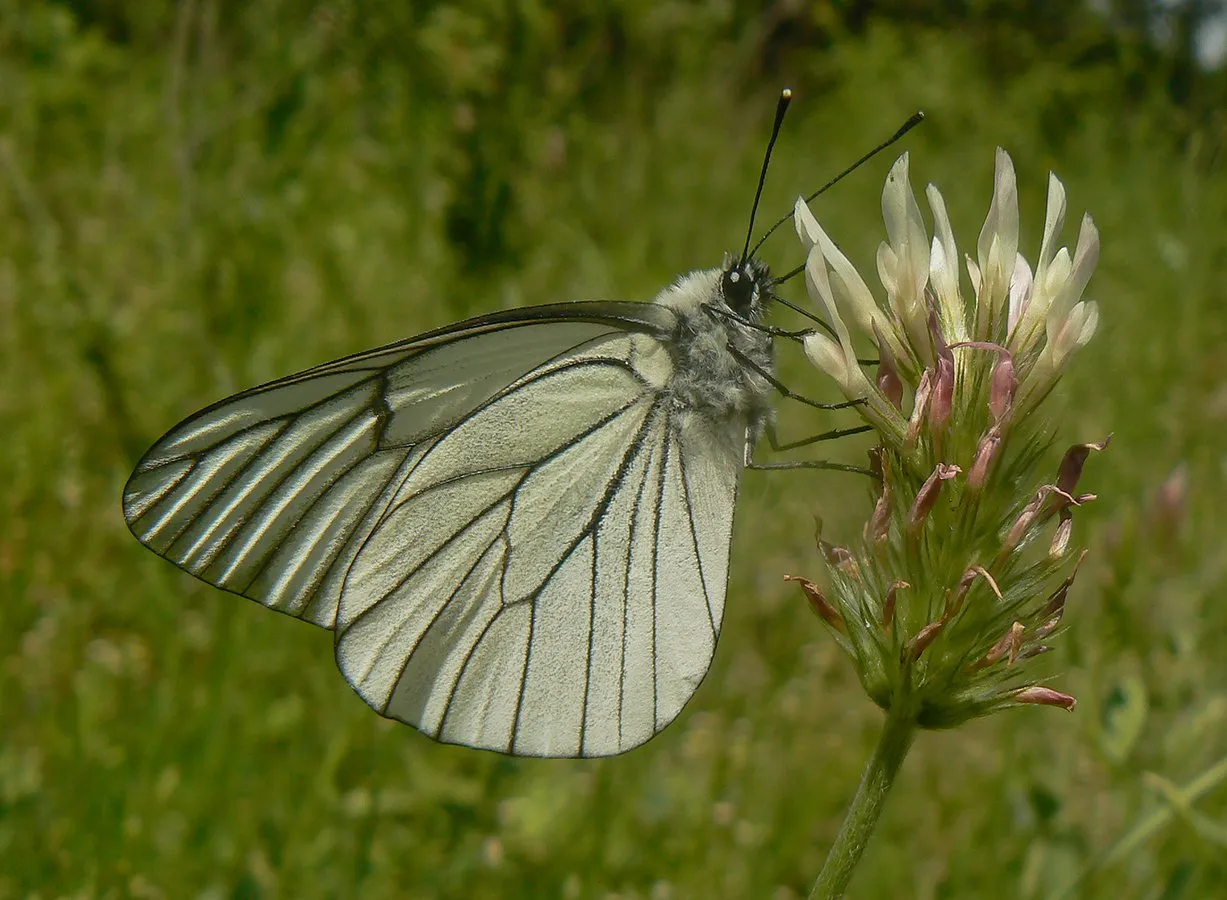
This is the Aporia crataegi, commonly known as the Black-veined White. A butterfly that I encounter every year more rarely.
Here you can see the flowers of the Echium vulgare plant.

Wildflowers are often small, much smaller than the cultivated ones, but their shapes are always elegant, surprising, and beautiful. Quite often very intricate too.
Here you can see a cluster of small flowers on the Marrubium incanum plant.
This ant was there for the nectar.

A relatively small Wolf Spider was resting on some large leaf not far from there.
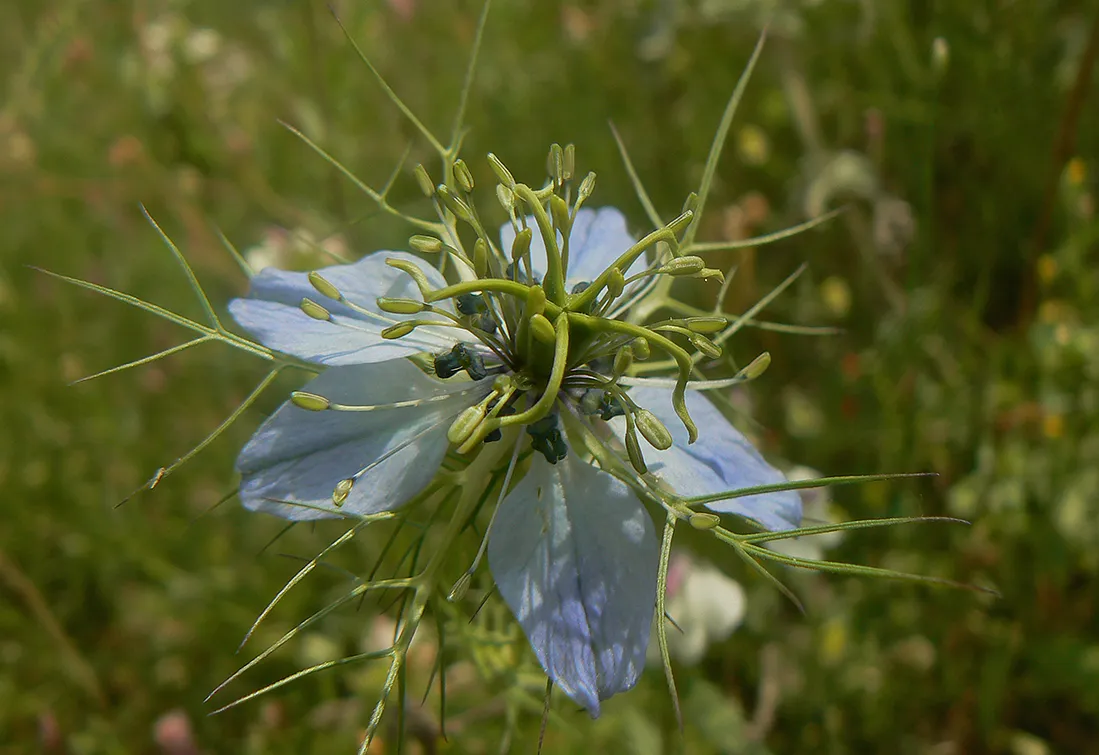
This is the most intricate flower I encountered on the warm springtime afternoon when all these photographs were taken.
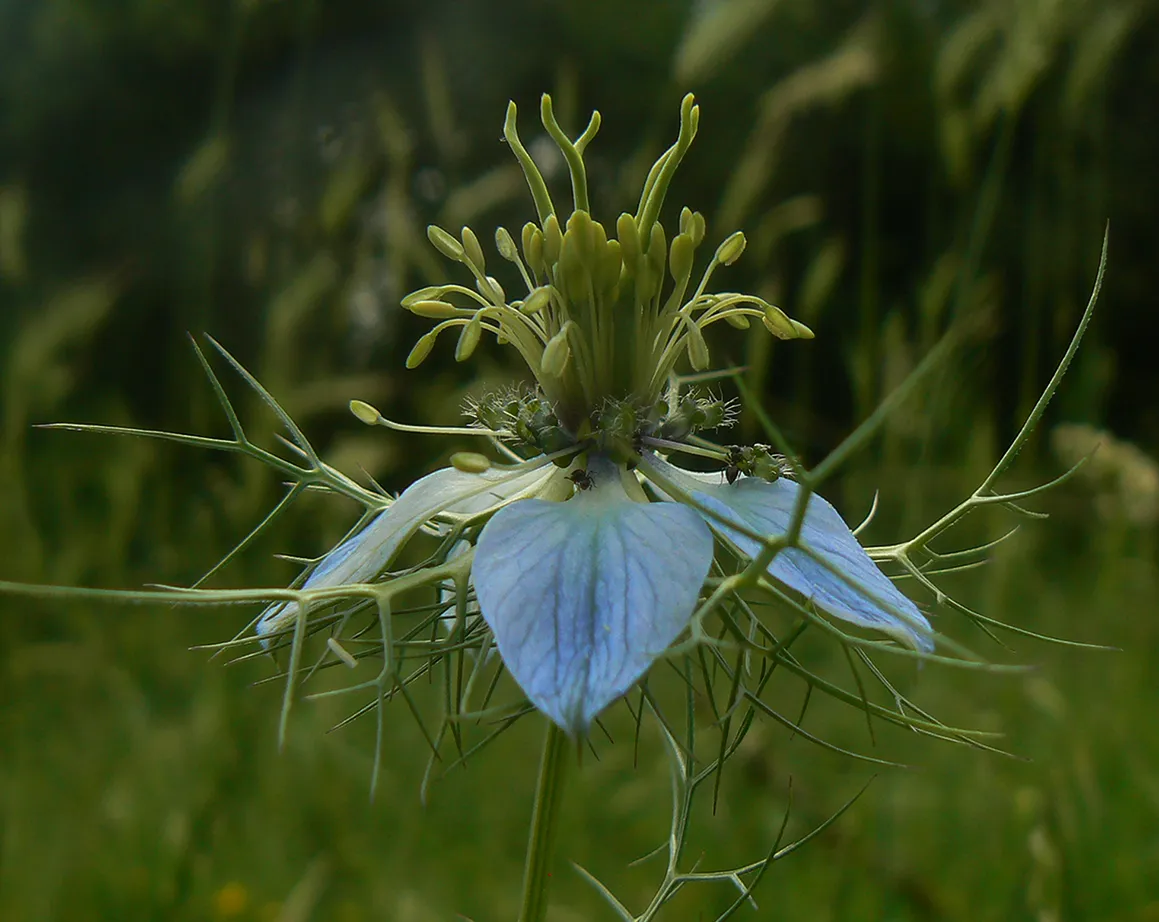
Nigella arvensis is the name of the plant.
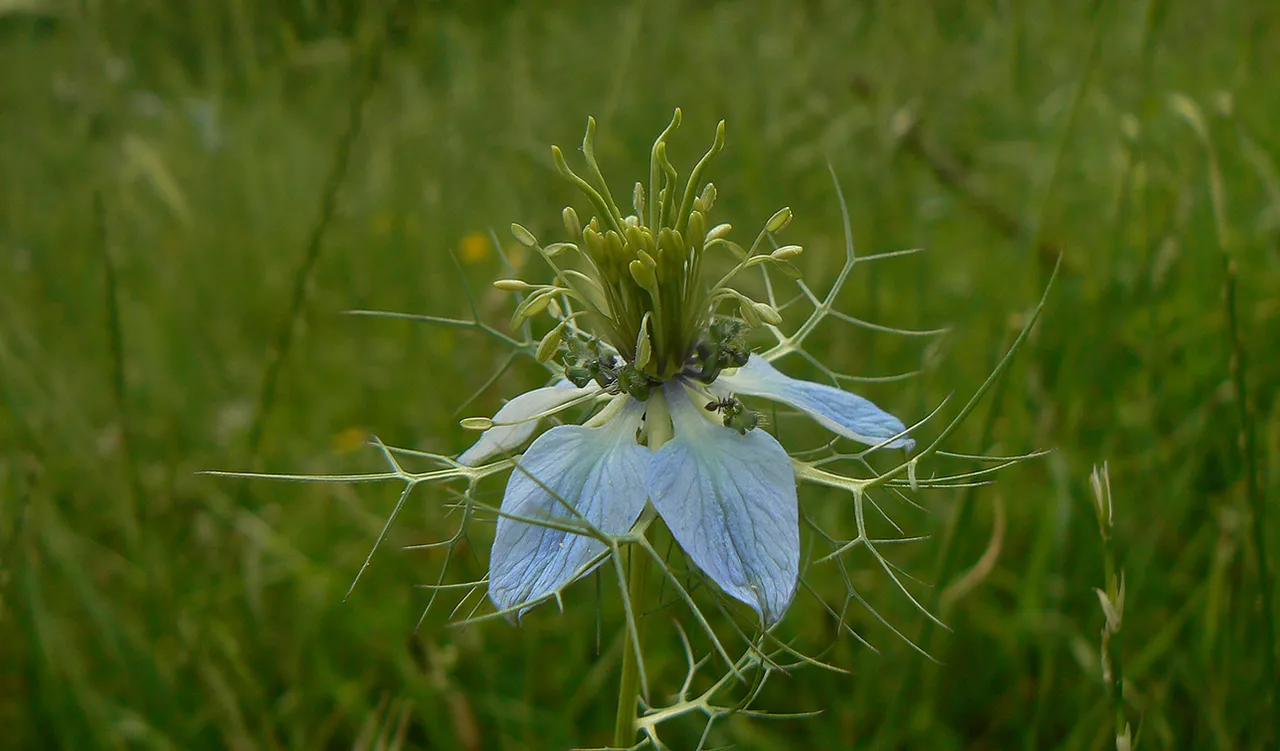
If you take a good look, you may notice small black dots around the center of the flower, the ants feeding on nectar.
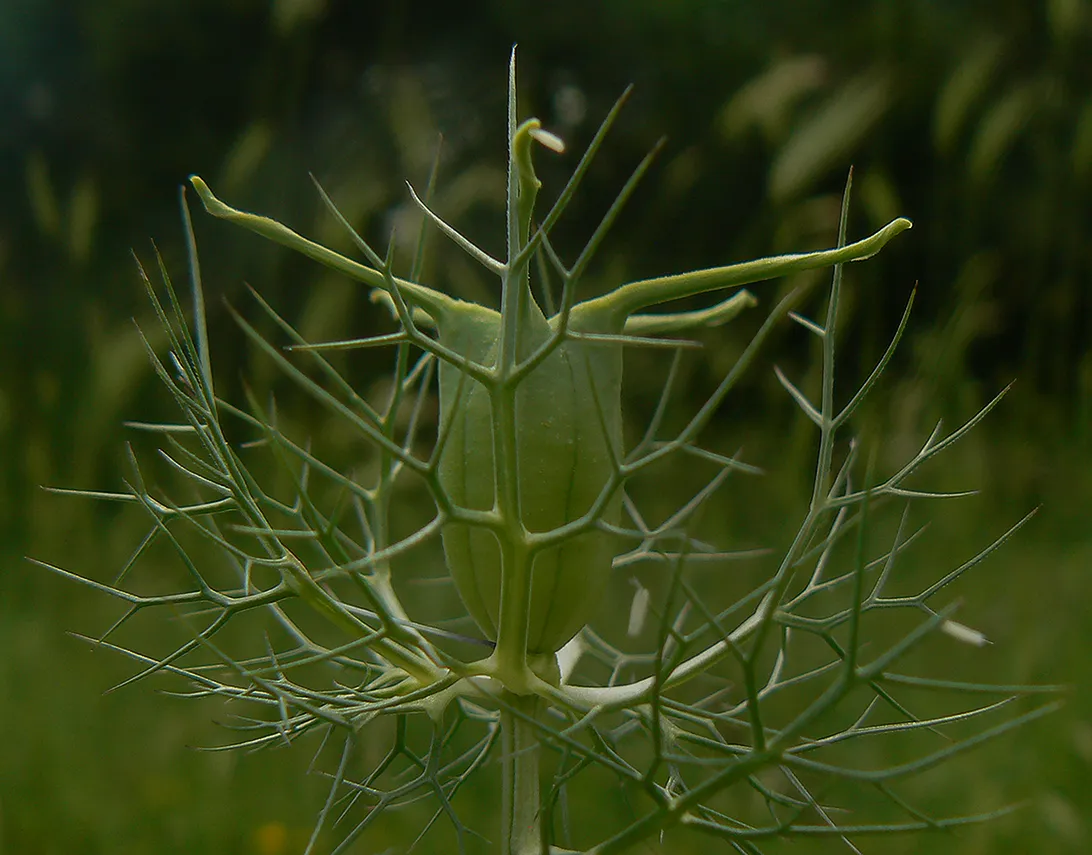
Here the flower has lost its petals and the central part has grown into fruit, filled with minuscule seeds.
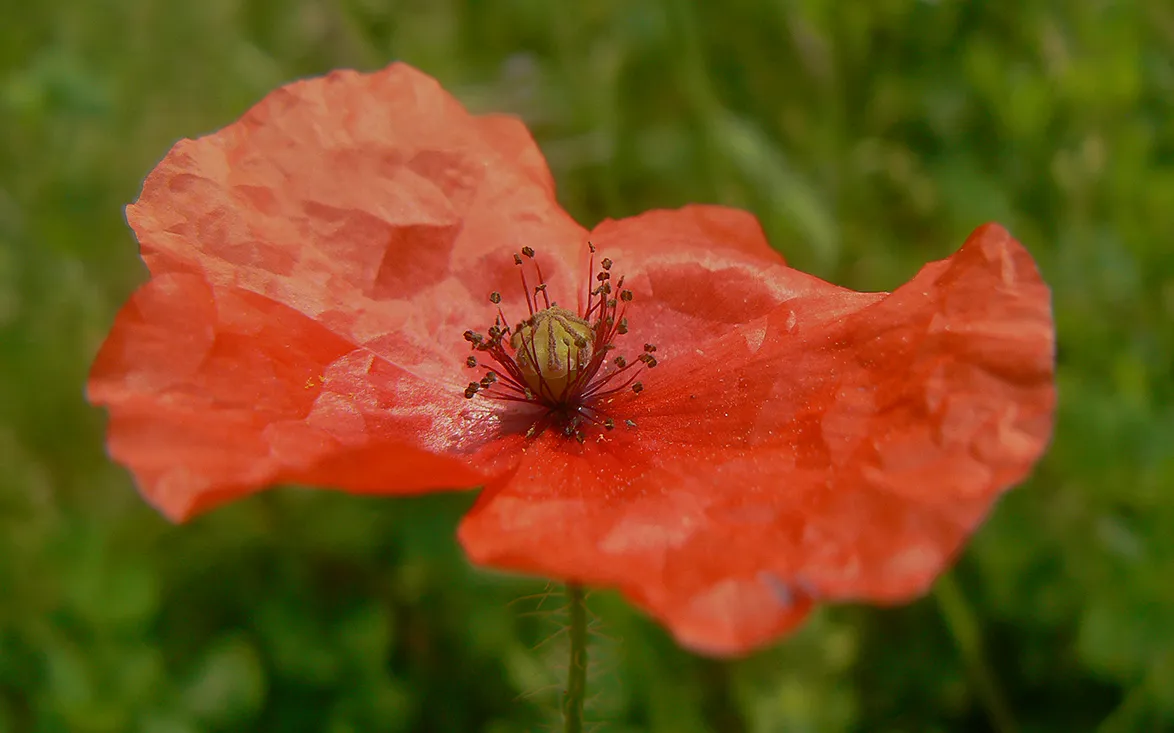
A bit later, I encountered a bunch of red poppies in the same area.
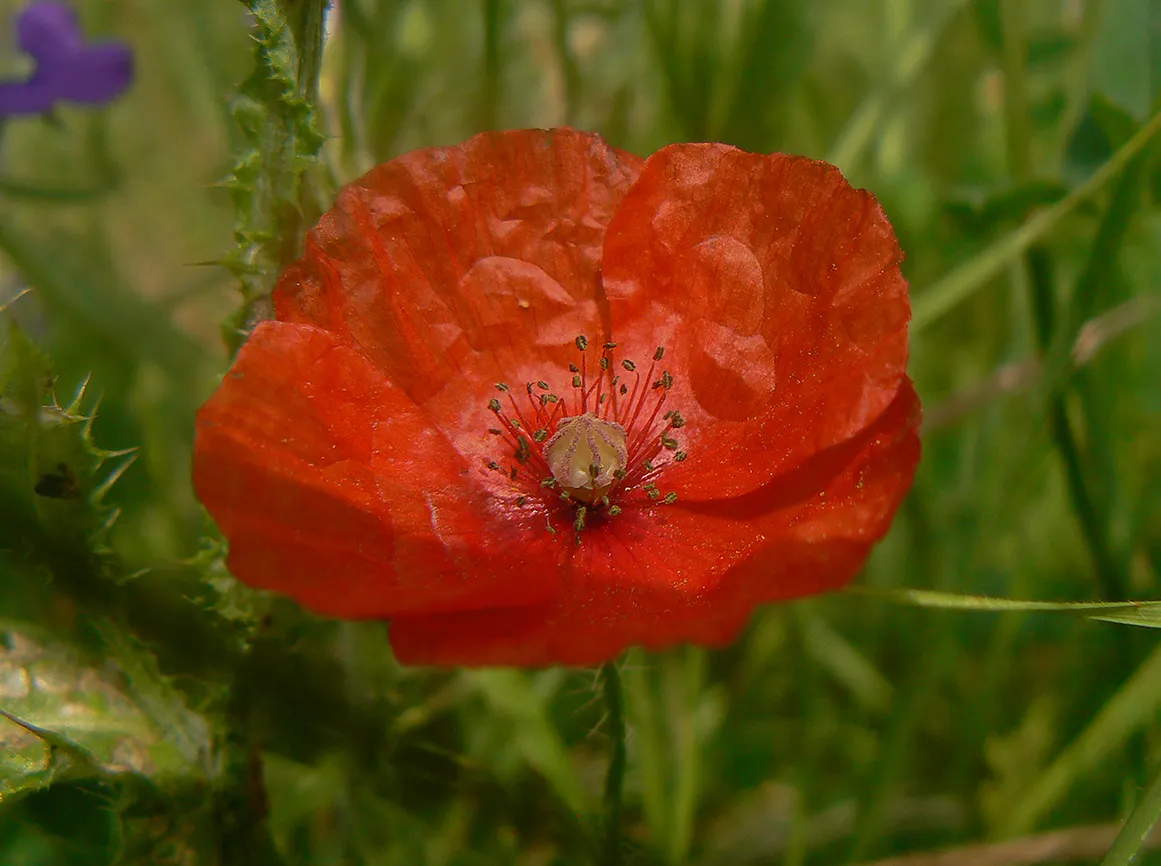
They looked almost exactly like the very common and widespread Papaver rhoeas poppies ...
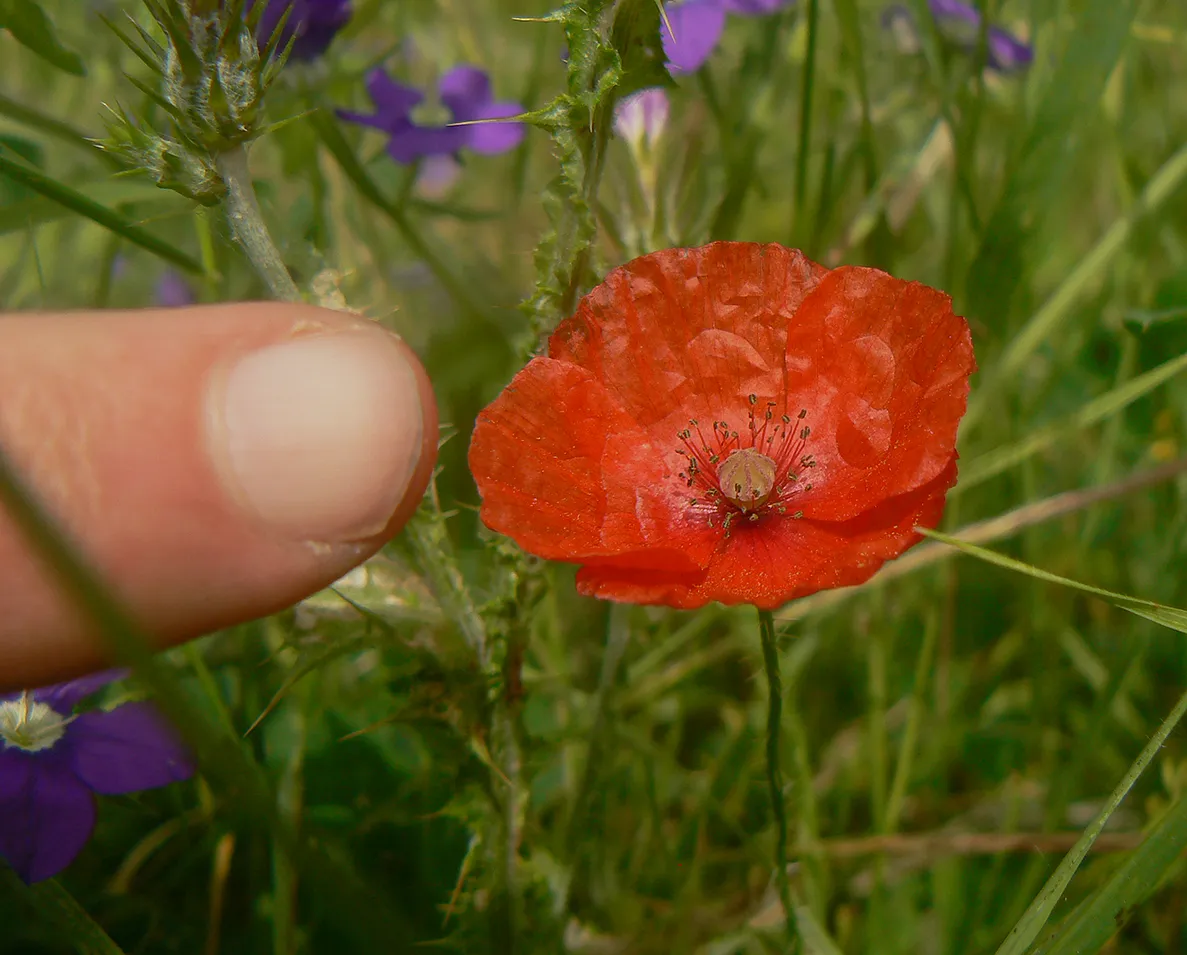
... but, as you can see in this photograph where you can compare the flower to my finger, these poppies were considerably smaller. I can't tell you the exact species. It could be the Papaver pinnatifidum, but I'm not sure.
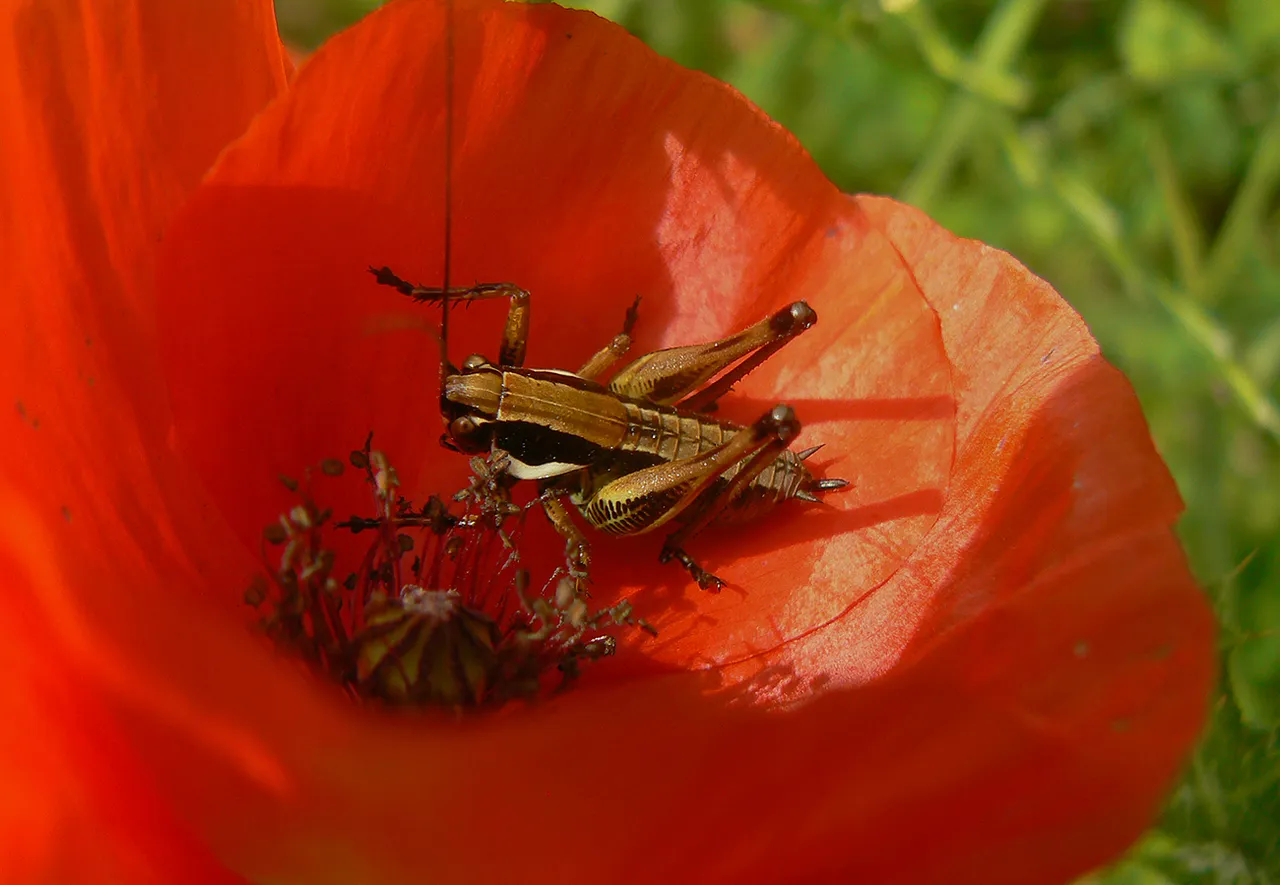
A young, wingless nymph of the Eupholidoptera schmidti bushcricket was resting in the flower.
The poppies were mixed with a multitude of these lovely small flowers.
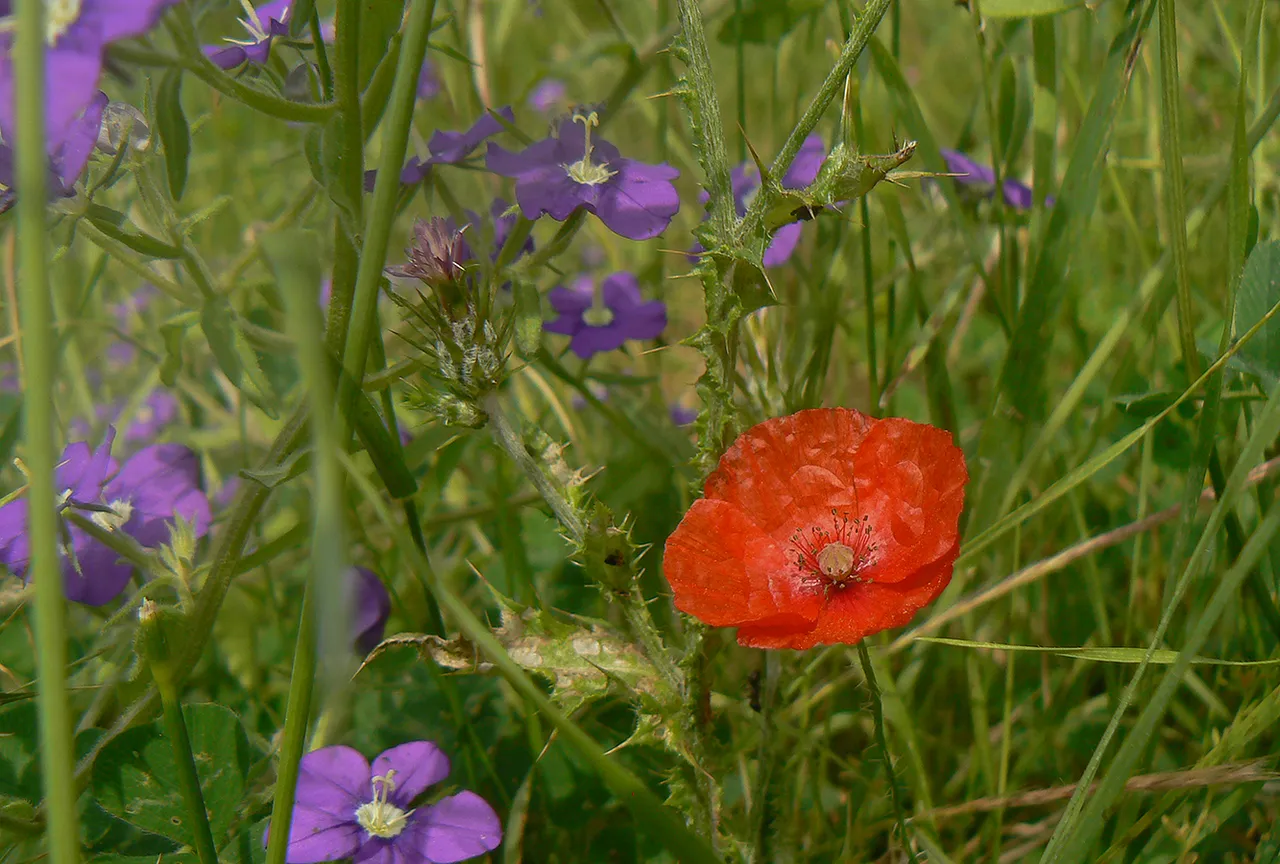
Here you can see a poppy surrounded by them. I like this red-violet combination very much.
These are the flowers of the Legousia speculum-veneris plant.
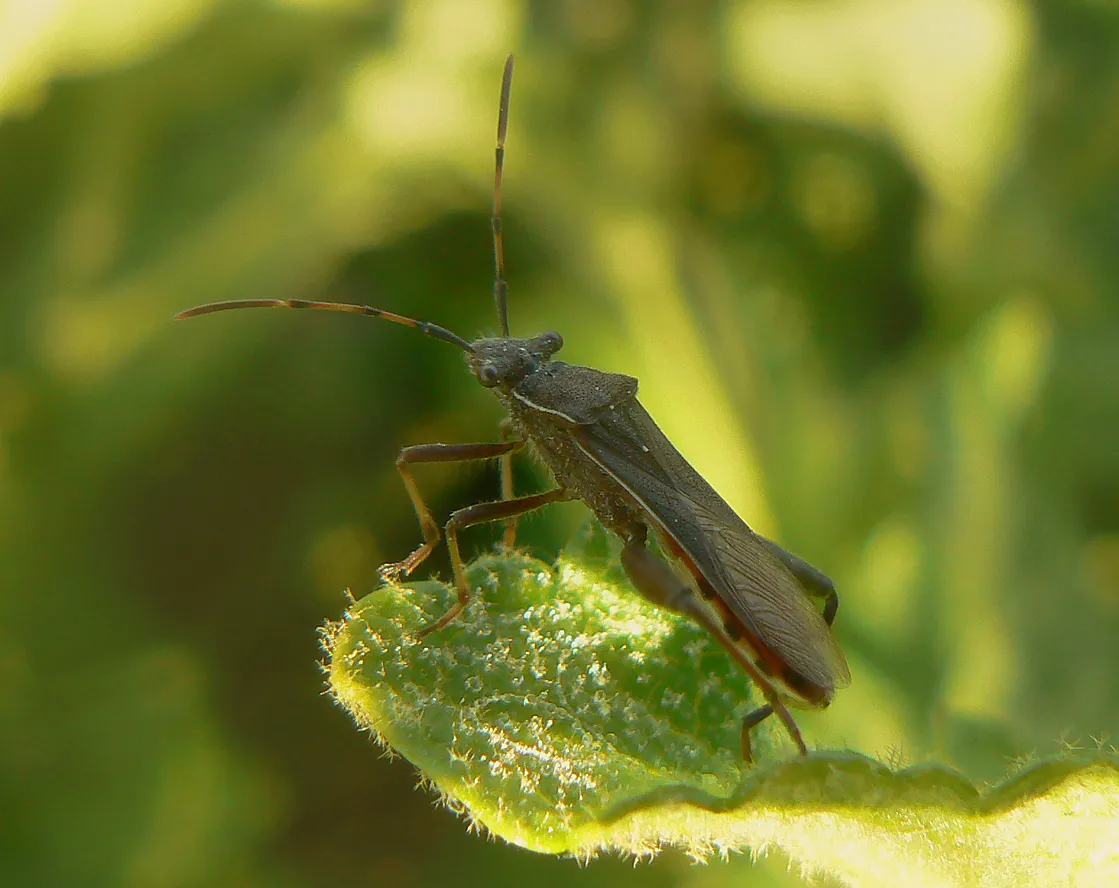
Here you can see the Camptopus lateralis bug from the Alydidae family, while in the following photograph ...
... you can take a look at the Rhopalus subrufus bug. This species belongs to the Rhopalidae family.
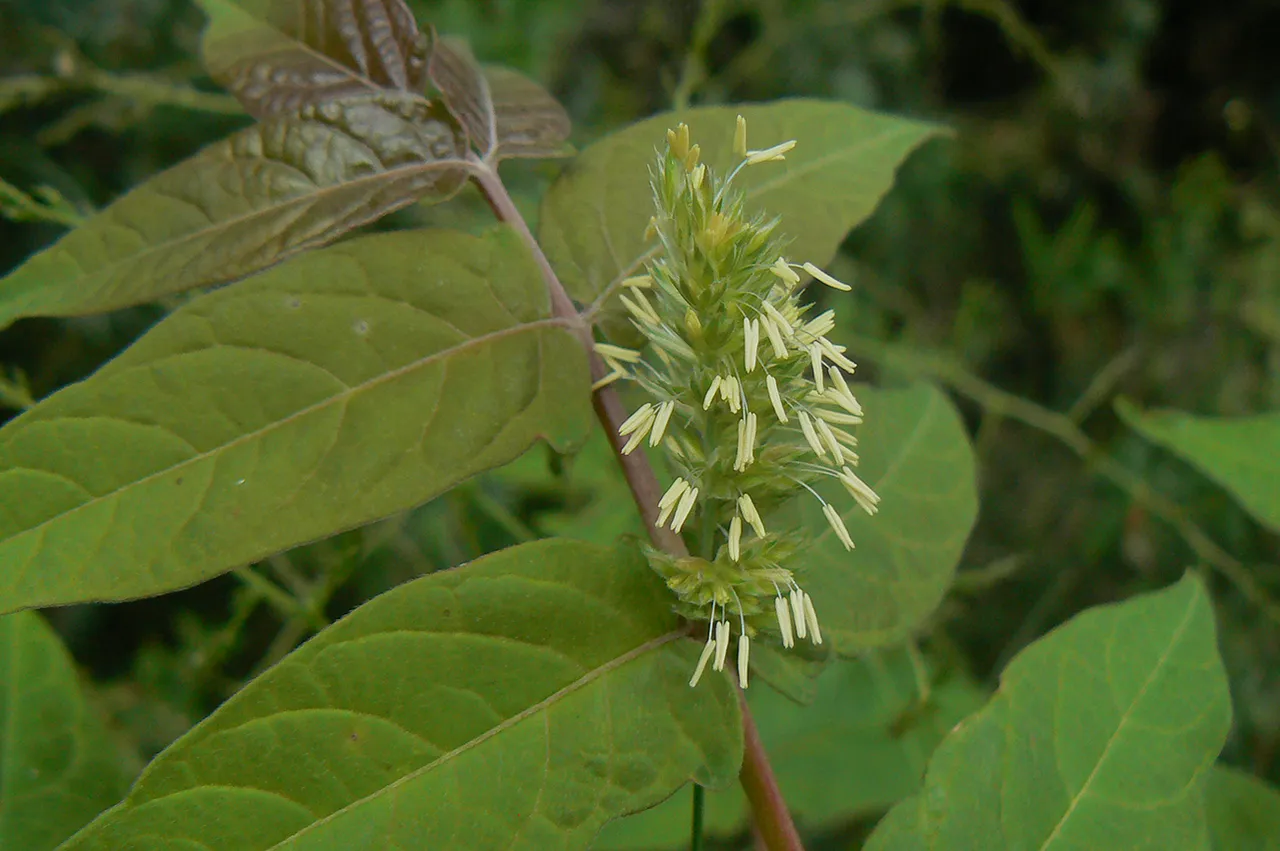
Among many showy, colorful flowers, I found also these small, modest flowers of the Dactylis glomerata grass.

Here you can see the flower of the Cistus albidus shrub and a small bug from the Miridae family on it. The name of this species is Adelphocoris ticinensis.
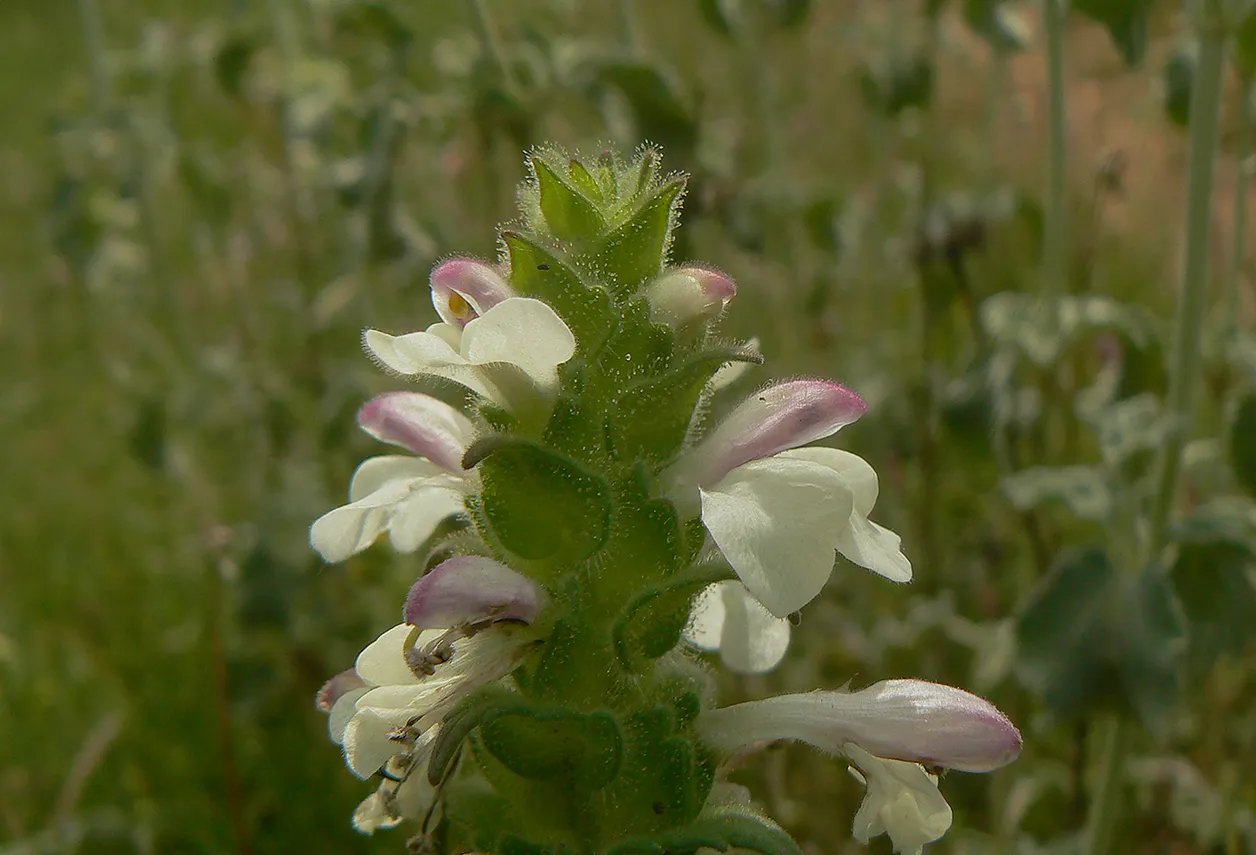
These are the flowers of the Bartsia trixago plant.
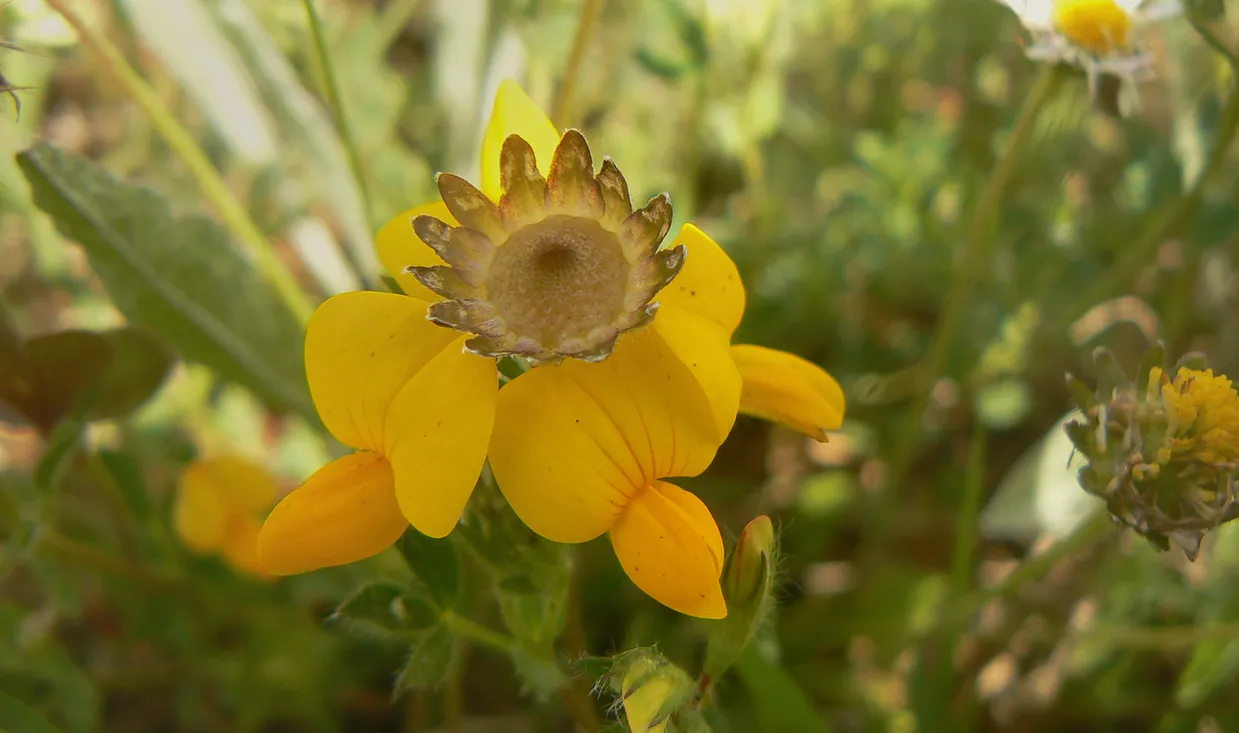
Here you can see the small, yellow flowers of the Lotus corniculatus trefoil.
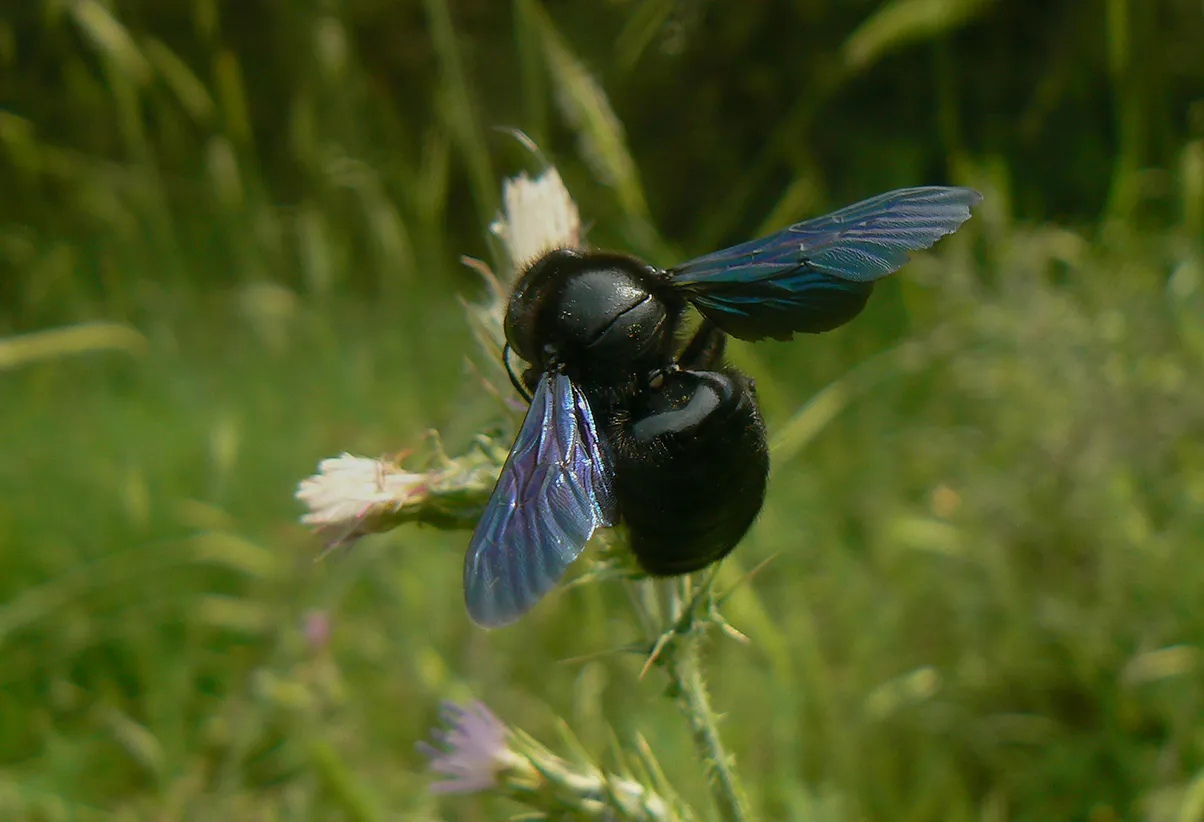
Here you can take a look at the Xylocopa violacea bee.
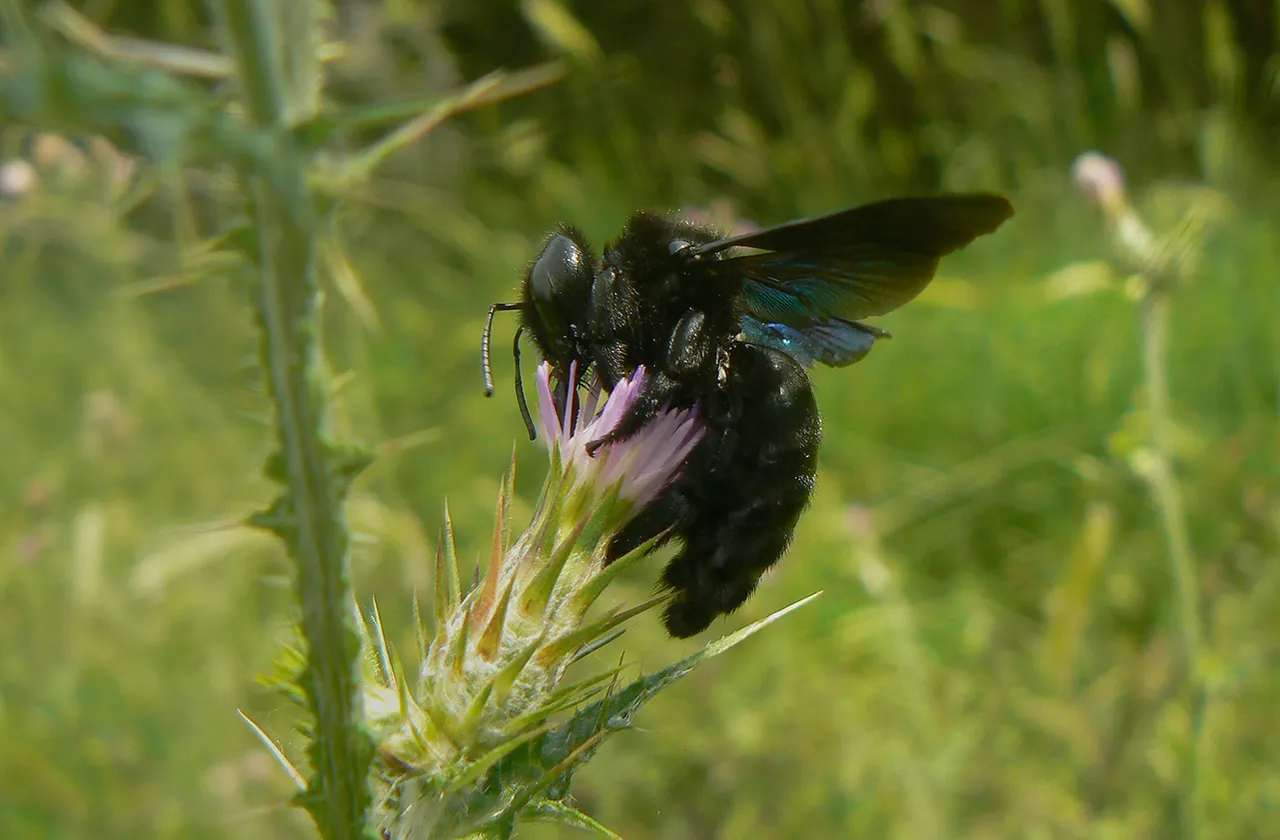
The big carpenter bee was collecting the nectar of the Carduus pycnocephalus thistle.
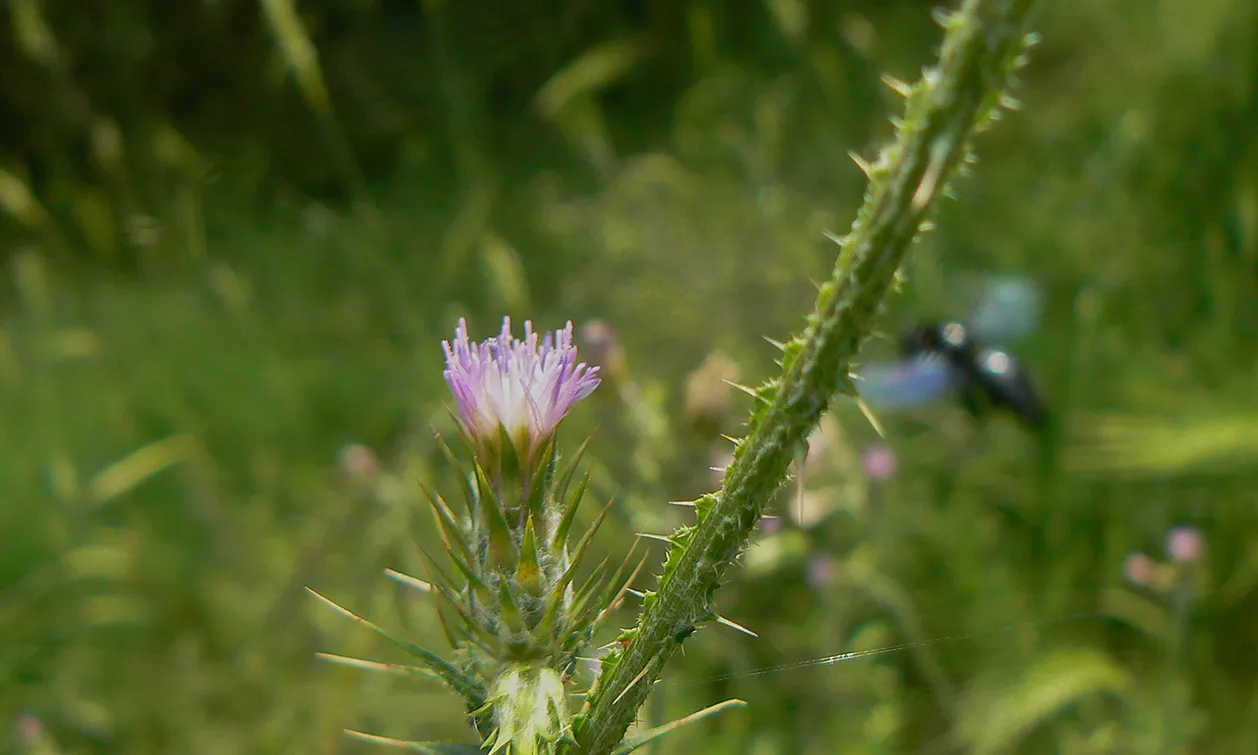
This shot was taken when the insect flew away, You can see the bee in flight, blurred in the background.
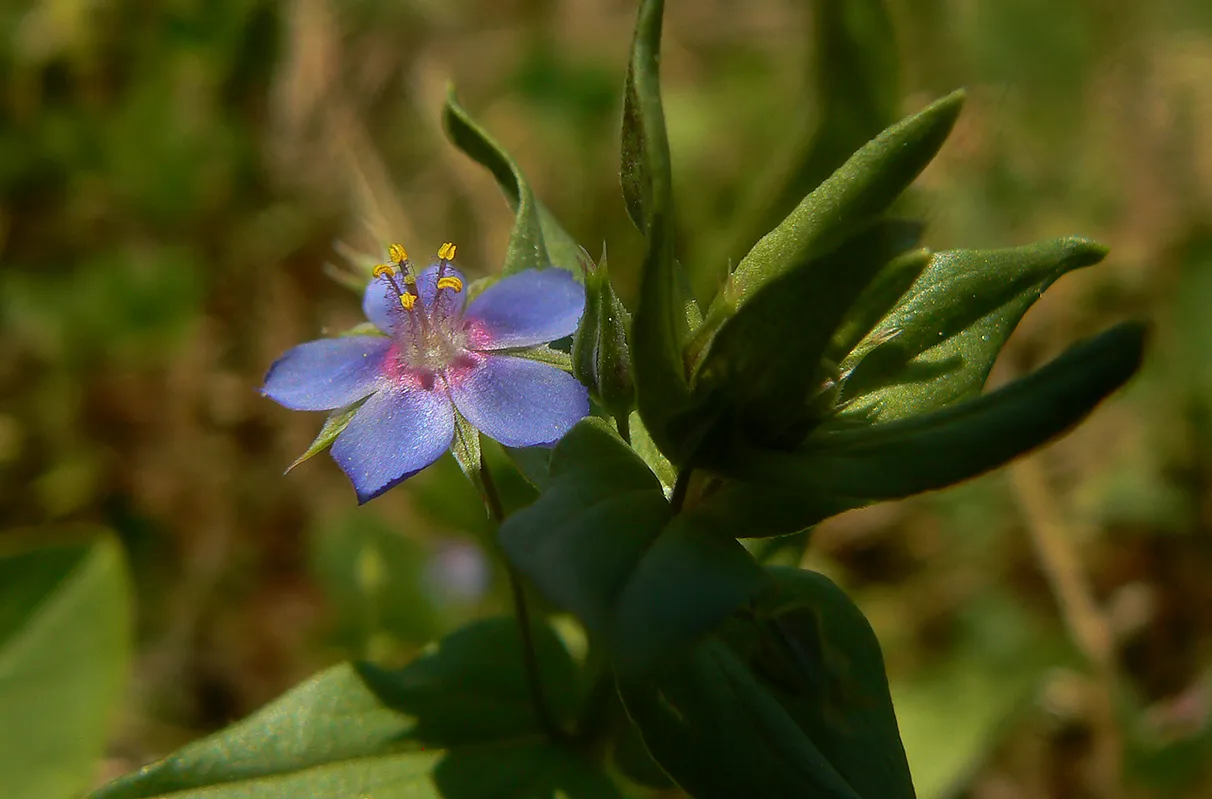
Here you can take a look at the Lysimachia foemina flower.
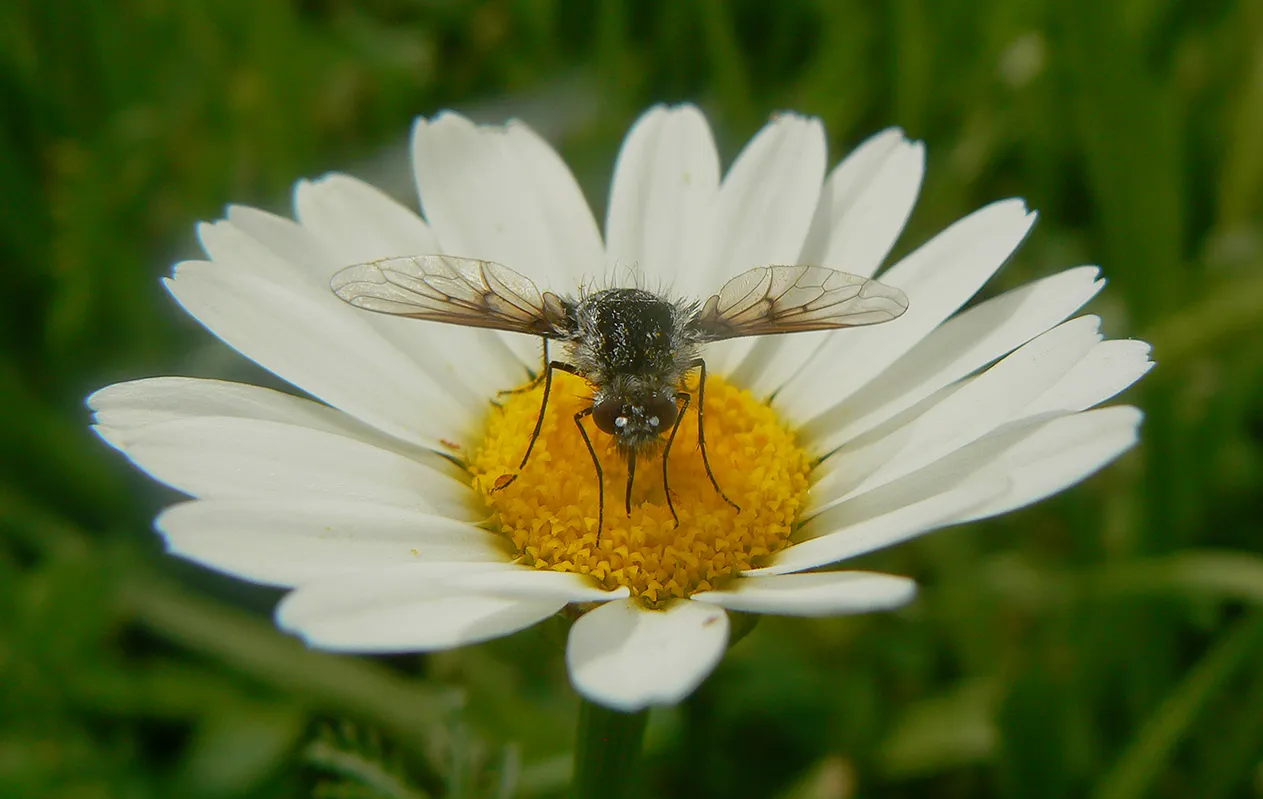
In this last, closing photograph, you can see a fly from the Bombyliidae family, don't know what species exactly, on the flower of the Leucanthemum vulgare plant.
AND THAT'S IT. HOPE YOU ENJOYED THIS LOOK AT THE ORDINARY SOUTH EUROPEAN MEADOW IN THE SPRINGTIME OF 2019. AS ALWAYS IN THESE POSTS ON HIVE, THE PHOTOGRAPHS ARE MY WORK - THE END.







